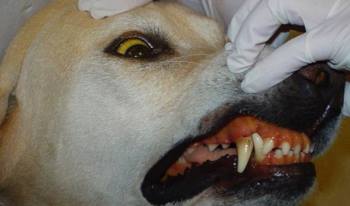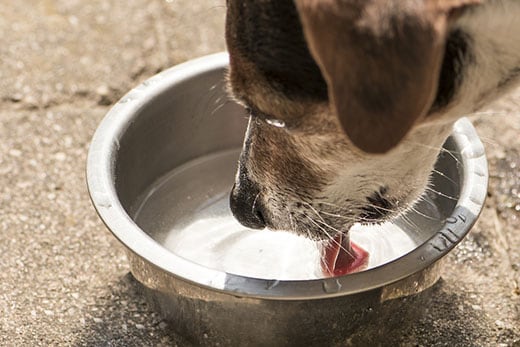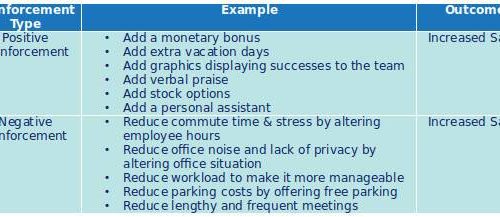
Leptospirosis in dogs: symptoms and treatment
Leptospirosis, also known simply as “lepto” for short, is an infectious disease that can infect any mammal. Leptospirosis in dogs is caused by bacteria of the genus Leptospira.leptospira). Although the disease occurs worldwide, it is more common in warm, humid climates and during the rainy season.
In the past, hunting breeds and dogs that spent a lot of time in nature were most at risk of infection. Currently, leptospirosis is more common in urban pets that are infected by other urban mammals such as squirrels, raccoons, skunks, moles, shrews, opossums, deer, and small rodents.
Dogs of small breeds living in cities and not vaccinated are at the highest risk of contracting leptospirosis.
Contents
How is leptospirosis transmitted to dogs?
Leptospirosis is transmitted in one of two ways: by direct transmission or indirect exposure through the environment contaminated with the urine of an infected animal.

bacteria leptospira enter the body through mucous membranes, such as the mouth, or through broken skin. Direct transmission can occur if a dog comes into contact with the urine, placenta, milk, or semen of an infected animal.
Indirect exposure occurs when a pet comes into contact with Leptospira through a contaminated environment such as soil, food, water, bedding or vegetation. Leptospira, which survive only in warm and humid environments, can often be found in marshy, muddy or irrigated areas where the temperature is around 36 °C. The bacteria can survive up to 180 days in moist soil and even longer in still water. Cold temperatures, dehydration, or direct sunlight can kill Leptospira.
Dogs living in areas with high animal populations, such as shelters, kennels, and urban areas, are at increased risk of contracting leptospirosis.
Canine leptospirosis can be transmitted to humans, but this is unlikely. Veterinarians, veterinary clinic staff, dairy farm workers and livestock keepers are at increased risk of contracting leptospirosis. In addition, it is important to remember that contact with stagnant water also poses a risk.
Leptospirosis in Dogs: Signs and Symptoms
Many pets infected with leptospirosis show no symptoms at all. The development of the disease depends on the dog’s immune system and on which type of bacteria leptospira she got infected. There are more than 250 species of Leptospira in the world, and not all of them cause the development of the disease. Leptospirosis most commonly affects the liver and kidneys in dogs. In Europe, some types of Leptospira can cause serious lung damage. If the pet becomes ill, this will happen after the incubation period. It can last from 4 to 20 days. After the incubation period, an acute onset of the disease occurs.
Symptoms of leptospirosis in dogs will largely depend on which organ systems are most affected. The most common signs include fever, general malaise, fatigue, and weakness. Additional clinical signs may include:
- vomiting;
- loss of appetite;
- jaundice – yellowing of the whites of the eyes, skin and gums;
- labored breathing;
- increased thirst and frequent urination;
- diarrhea;
- cardiopalmus;
- redness of the eyes;
- runny nose
In severe cases, leptospirosis can lead to hepatic or renalfailure. Animals can also become infected with chronic forms of the disease, which usually negatively affect liver and kidney function in the long term.

Diagnosis and treatment of leptospirosis in dogs
To diagnose leptospirosis in dogs, a veterinarian will take a pet’s history, vaccination history, physical exam results, and laboratory tests. The specialist may order diagnostic tests, including blood tests and urinalysis. They may also perform imaging studies such as abdominal ultrasound or x-rays, as well as special tests for leptospirosis.
Tests for leptospirosis are different. They aim to either detect antibodies against leptospirosis in the bloodstream, or to detect the bacteria themselves in tissues or body fluids. The antibody test will probably need to be repeated in three to four weeks to check for rising antibody titers. This helps diagnose the infection.
When dogs infected with leptospirosis are hospitalized, they are usually kept in a special isolation room. This helps prevent infection of other animals in the hospital. Veterinary personnel working with these pets must use personal protective equipment – gloves, gowns and protective masks. They will help prevent accidental contact of mucous membranes with infected urine.
Treatment includes intravenous fluids to replace fluid deficits and support internal organs, as well as antibiotics. If your pet has severe liver or kidney failure, additional treatments may be required.
Prevention of leptospirosis in dogs
It is necessary to limit the dog’s access to places where leptospira can live, such as wetlands and muddy areas, ponds, well-irrigated pastures and low-lying areas with stagnant surface water.
However, avoiding contact with wild animals such as raccoons and rodents in both urban and rural areas can be difficult for dogs. Some regions listed including the study published in The Veterinary Journalincreased risk of spreading these bacteria. Therefore, to protect against the disease, it is recommended to vaccinate the dog.
Immunity to leptospirosis usually depends on the type of bacteria. So the vaccine against canine leptospirosis should be selected against specific species. leptospira.
If your pet is traveling with the family, it is important to check with your veterinarian if the canine leptospirosis vaccine will provide protection in other geographic areas. However, it is important to remember that vaccination does not prevent leptospirosis infection, but rather reduces the clinical signs.
Initially, the dog must be vaccinated twice, after which an annual revaccination is recommended for most pets.
See also:
- What can you get from a dog
- How do you know if your dog is in pain?
- puppy vaccination
- Piroplasmosis in dogs: symptoms and treatment





